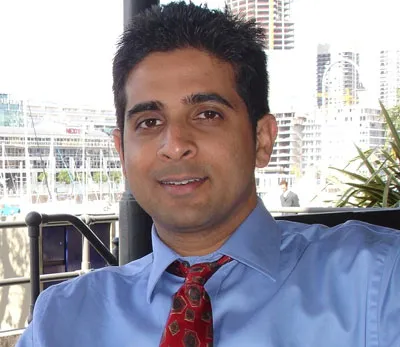Shortage of tech talent in mobile & cloud space in Valley reason India is ripe for M&A – Sanat Rao, iSPIRT
This week has seen one of the largest Indian startups, InMobi, decline acquisition proposal from one of the largest companies in the world. YourStory chats with Sanat Rao, Head of the M&A Connect Program initiated by think-tank iSPIRT, to see what the landscape for mergers and acquisitions are in the country. Here are a few excerpts from the interview.
YS: There has been a spike in the number of merger and acquisition (M&A) deals in the startups space in 2014. Why do you think India is getting so much attention suddenly?

Secondly, technology is 'expensive' in the US, with high valuations for early stage companies. In India, we have several hot tech startups that have been creating waves with very compelling products, and top acquirers in the US (Facebook, Yahoo etc) are naturally looking towards India to fill their technology and talent requirements.
YS: What about all these Indian companies that are bidding to acquire smaller startups or competitors in their sectors?
SR: Well, within India several of the top Indian e-commerce and consumer Internet companies (Flipkart, Foodpanda etc.) have raised significant capital and are trying to use acquisitions to fill both market and technology gaps.
YS: What kind of M&A deals do you predict will happen in the Indian startup ecosystem this year? Are there any that you know of in the pipeline?
SR: We expect several acquisitions in the e-commerce, mobile and cloud areas. I obviously can’t specifically take names because nothing is confirmed till the actual deal is sealed.
YS: Is there a pattern you are seeing in these M&A deals? Do acquiring companies like a particular sort of company or a particular sector? What are the hot sectors now?
SR: Most M&As are usually unique, because acquirers have specific requirements and tend to structure an acquisition to address that specific need. Having said that, there are some common elements in most startups that have been acquired, for instance startups that have achieved customer traction and have one or two marquee customers, or a large number of app downloads. They also have a high quality team, usually from top schools (IITs, IIMs, Stanford etc) and/or experience at the top Internet companies like Google and Amazon. Not to mention, companies that have built a deeply technological product.
YS: I remember you telling me sometime about the types of M&As? What are the different types?
SR: There are typically three reasons why company A acquires B in the technology sector: The first is for technology, when Company B has algorithmically solved a problem that company A also needs to solve, and they decide to acquire rather than build it organically; second for market access, where Company B has built a strong customer base which company A finds valuable; and lastly for the team, where Company B has a proven technology team that can build a software product, and company A acquires them for that talent.
YS: Which one is the most suited or common in the Indian startup ecosystem?
SR: There is nothing such as most suited, and we have seen cases of all of the above being applicable to Indian startups.
YS: What is the role of the iSPIRT M&A connect program in bringing companies together? How do entrepreneurs approach you?
SR: The iSPIRT M&A Connect Program is focused on connecting Indian startups to US companies. We split our time between the US and India. In the US, we meet with the top acquirers and get a "virtual mandate" from them, as in their list of requirements, gaps and focus areas, so we know what they are looking for.
In India, we meet with the hot startups and put them through a formal curation process. This is usually something like a light due-diligence process similar to what a VC would do. Startups which get past the curation process become iSPIRT BEX (Business Exchange) members and qualify for connects with the companies in the Valley.
YS: M&As are a good option for early stage startups, but what about startups like InMobi and the likes, who've already made it big? Should they opt for an M&A over going public?
SR: M&As and IPOs are both fantastic 'exit options' for startups and their investors. Though the bar for an IPO is very high with respect to profitability, financial scrutiny etc., and only a very small percentage of companies can actually achieve an IPO.







